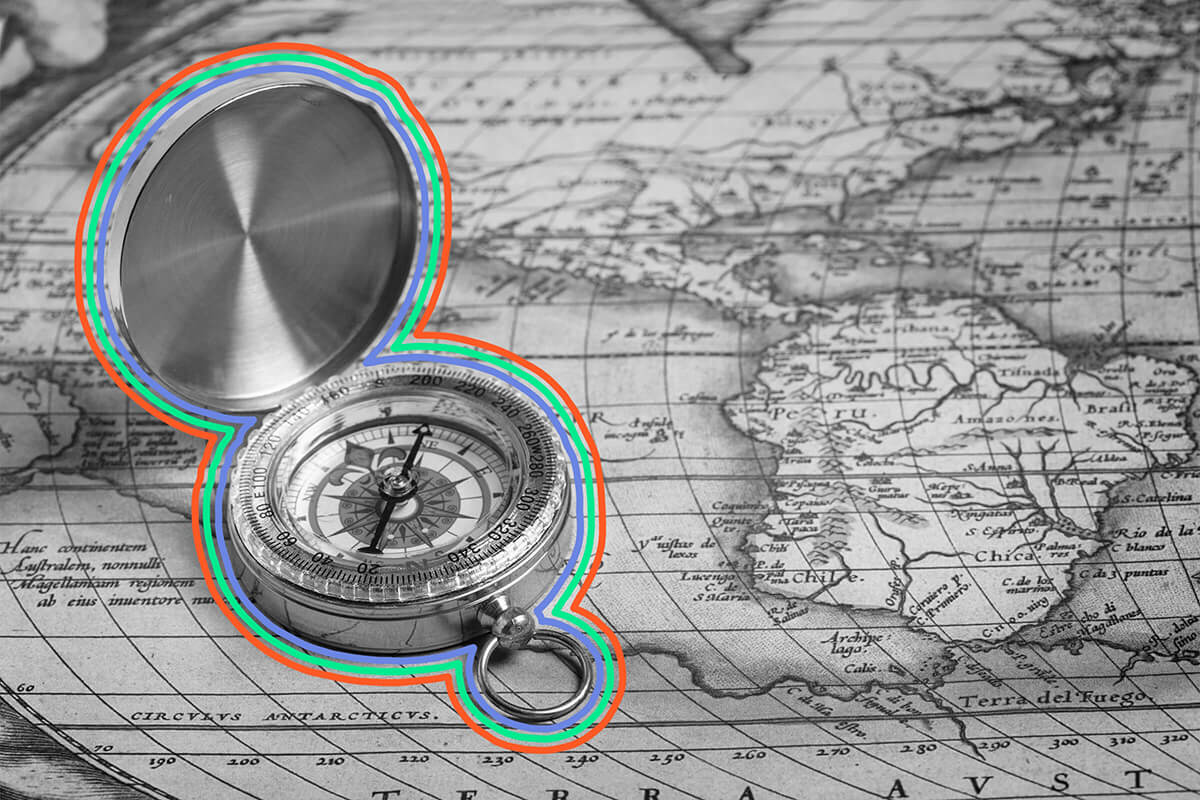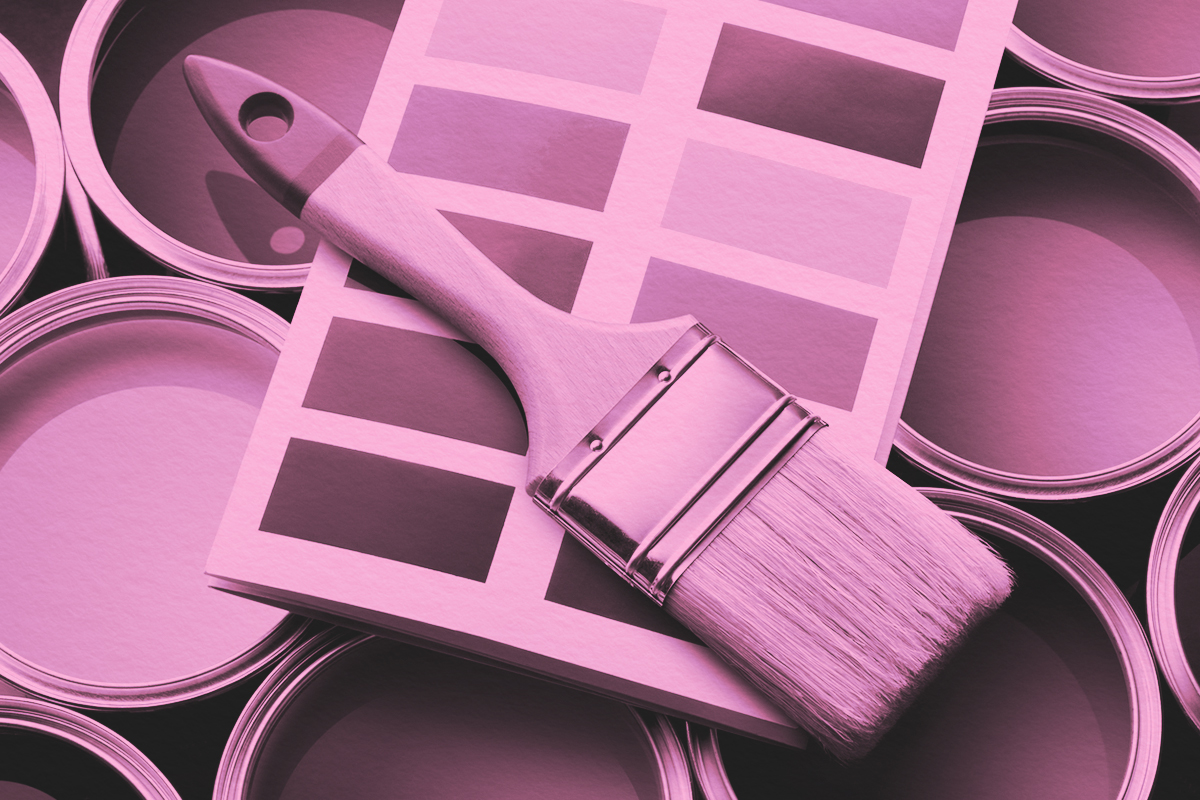Leonardo da Vinci may have painted two versions of the 'Mona Lisa.' |
Arts & Culture |
 |
| |
Deriving its name from an owner of the painting based in Isleworth, England, the "Isleworth Mona Lisa" largely remained out of the public eye until being unveiled in Geneva, Italy, amid a 2012 publicity push from the Mona Lisa Foundation. Beyond the resemblance between the older and younger subject, the foundation points to the results of examinations that indicate both artworks were from the hand of the same artist. Historical evidence also suggests the existence of more than one "Mona Lisa," as the painting was recorded among the possessions of Leonardo's servant in 1525 despite having been sold to French King Francis I seven years earlier. | |
While the double-version theory has its supporters in the art world, others are hesitant to make a definitive connection. For one thing, the "Isleworth Mona Lisa" was rendered on canvas, while Leonardo mainly painted on wood. There are also numerous copies of the "Mona Lisa" to be found, including one that was apparently painted alongside the original by one or more of Leonardo's apprentices. And then there's the matter of the objectivity of the Mona Lisa Foundation, which was formed by the international consortium that owns the "Isleworth Mona Lisa" to prove the painting's authenticity. With the artist silent on the topic of this iconic artwork through his surviving journals, it's likely that the question of whether he did indeed produce two versions will remain as much of a mystery as the subject's enigmatic smile. |
 | |||||||||
By the Numbers | |||||||||
| |||||||||
| |||||||||
 | |||||||||
| |||||||||
No one is sure who the woman in the "Mona Lisa" is. | |||||||||
Although the woman displayed in the "Mona Lisa" is most often said to be Lisa Gherardini, the wife of Florentine merchant Francesco di Bartolomeo del Giocondo, there's (again) a lack of definitive evidence supporting this claim. As such, several alternative identities of the sitter have been floated over the years, from a number of Italian noblewomen to Leonardo da Vinci's mother to Leonardo himself as a woman. Of these, the most plausible alternative is Isabella Aragon Sforza, Duchess of Milan and Bari. While there's little to suggest that Leonardo knew Gherardini well enough to deliver such an intimate portrait, the artist certainly possessed a close personal relationship with the duchess. What's more, careful examinations of the woman's clothing reveal patterns and colors associated with the House of Sforza. And along with the physical similarities between the face in the "Mona Lisa" and those in other works believed to be of Isabella, a surviving sketch of the duchess, attributed to Leonardo, shows an uncanny resemblance to the woman who draws an endless army of visitors to the Louvre. | |||||||||
 | |||
Recommended Reading | |||
 | |||
World History | |||
| |||
 | |||
Science & Industry | |||
| |||
| + Load more | |||
| |||||||||||||||||||||||||||||||||||||||||||||||||||||||
| |||||||||
| 325 North LaSalle Street, Suite 200, Chicago, IL 60654 | |||||||||









0 komentar:
Posting Komentar